Are your laminate floors looking worse for wear, covered in stubborn grime that just won’t budge? You’re not alone! Many people struggle to restore their laminate flooring’s shine without damaging it.
If you’re searching for how to clean very dirty laminate floors, you probably know the frustration of dealing with dull, sticky, or stained surfaces. While laminate is popular for its durability and affordability, it loses its shine when grime builds up. The challenge lies in deep cleaning without causing damage, as harsh methods can lead to warping or scratches. But don’t worry—restoring your floors to their former glory is possible! This guide will show you effective techniques not just for laminate but also tips on how to polish concrete floors to bring out a flawless finish. With practical solutions and expert advice, you’ll be equipped to rejuvenate both types of surfaces and keep them looking polished and new. Get ready to say goodbye to stubborn dirt and hello to fresh, gleaming floors!
Benefits of Polishing Very Dirty Laminate Floors
- Restored Shine and Beauty: Polishing helps bring back the original luster of laminate floors, making them look new and revitalized after heavy dirt buildup.
- Enhanced Durability: A polished finish adds a protective layer that helps guard against future scuffs, scratches, and damage, extending the life of your flooring.
- Easier Cleaning in the Future: Polishing seals the surface, making it less prone to absorbing dirt and grime, which simplifies future cleaning and maintenance.
- Improved Appearance: Polished laminate floors create a cleaner, more polished look in your home, giving rooms a brighter and more inviting appearance.
- Cost-Effective Maintenance: Regular polishing reduces the need for more extensive cleaning methods or replacements, saving money over time.
- Smooth and Safe Surface: Polished floors are smoother and can help reduce the risk of snagging or tripping on rough patches or dirt buildup.
- Protection Against Staining: Polishing acts as a barrier that helps prevent deep stains from setting into the laminate surface.
- Better Light Reflection: A polished surface can reflect more light, enhancing the overall brightness and ambiance of the room.
- Hygienic Benefits: Polishing helps seal the laminate surface, reducing the places where bacteria and allergens can hide, contributing to a cleaner, healthier environment.
- Increased Floor Longevity: Regular polishing ensures that your laminate floor withstands daily wear and tear, maintaining its quality and usability for years.
Essential Tools for Polishing Very Dirty Laminate Floors
- Microfiber Mop: A microfiber mop is perfect for spreading cleaning solutions evenly and polishing without scratching the laminate surface.
- Soft-Bristle Brush or Sponge: Use a soft-bristle brush or non-abrasive sponge for spot-cleaning tough stains and built-up grime without damaging the floor.
- Spray Bottle: A spray bottle allows for controlled application of cleaning solutions or polish, preventing oversaturation that can harm the laminate.
- Laminate Floor Cleaner: Choose a laminate-safe cleaning solution that’s gentle yet effective at lifting dirt and debris without leaving residue.
- Laminate Floor Polish: Select a polish specifically designed for laminate to restore shine and create a protective barrier. Ensure the polish is non-slip for added safety.
- Bucket with Water: A bucket for mixing cleaning solutions or for rinsing out mop heads as needed.
- Microfiber Cloths: Use microfiber cloths to buff the floor after applying polish and for quick drying to avoid streaks.
- Floor Buffer (Optional): If you want to achieve a high-gloss finish, a lightweight floor buffer designed for residential use can help polish large areas more efficiently.
- Dry Mop or Vacuum: A dry mop or vacuum with a hard-floor setting is essential for removing loose dirt and dust before cleaning and polishing.
- Protective Pads for Furniture: While not directly used during the polishing process, adding felt pads under furniture helps prevent new scratches or damage after polishing.
Steps for Polishing Extremely Dirty Laminate Floors
1. Assessing the Mess
Before jumping into how to polish very dirty laminate floors, it’s crucial to assess the current state of your flooring. This step helps you determine how deep your cleaning efforts need to be. Start by taking a close look at the surface. Are you dealing with general dirt and dust, sticky spots, or set-in stains? Identifying the type and level of grime will guide you in choosing the right cleaning tools and products.
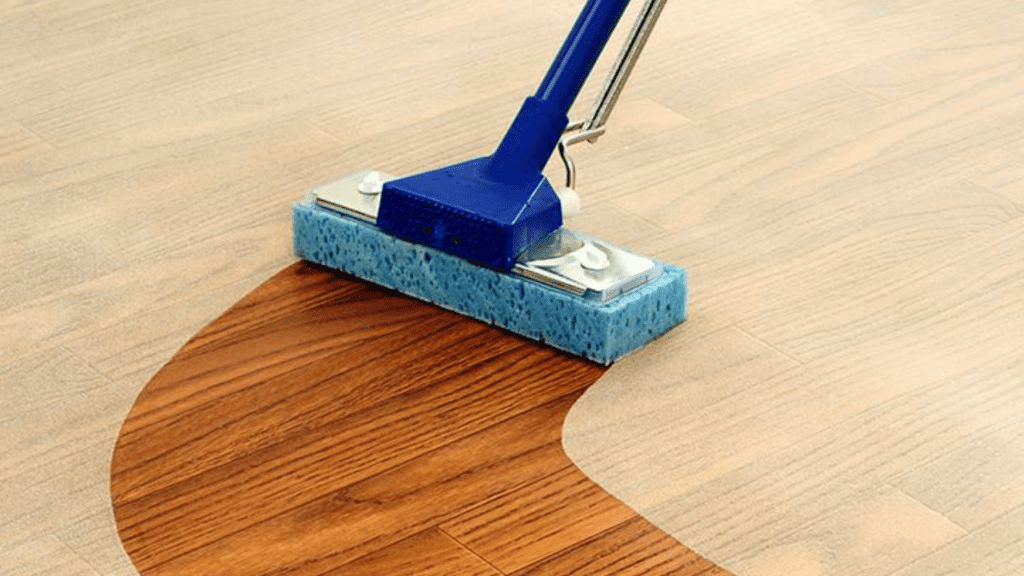
If the surface is only lightly soiled, a simple cleaning and polish might be sufficient. However, for deeply embedded dirt or stubborn spots, you may need to focus on more intensive cleaning before applying polish. Just as you would when learning how to polish furniture, the preparation phase is essential. It ensures that no residue remains to interfere with the polishing process, whether it’s on laminate floors or a cherished piece of furniture. Taking the time to thoroughly assess and prepare the area will help you achieve that smooth, even finish that brings out the best in your flooring
2. Prepping Your Floors
Prepping your floors is an essential step before any deep cleaning or polishing begins. This stage sets the foundation for effective results, much like refinishing furniture, where preparation is key to achieving a flawless finish. Start by clearing the space of all furniture, rugs, and other items to ensure no area is overlooked. Use a vacuum with a hard-floor setting or a dry microfiber mop to remove loose dirt and debris. This step is crucial, as leftover particles can scratch the surface when you start cleaning or polishing.
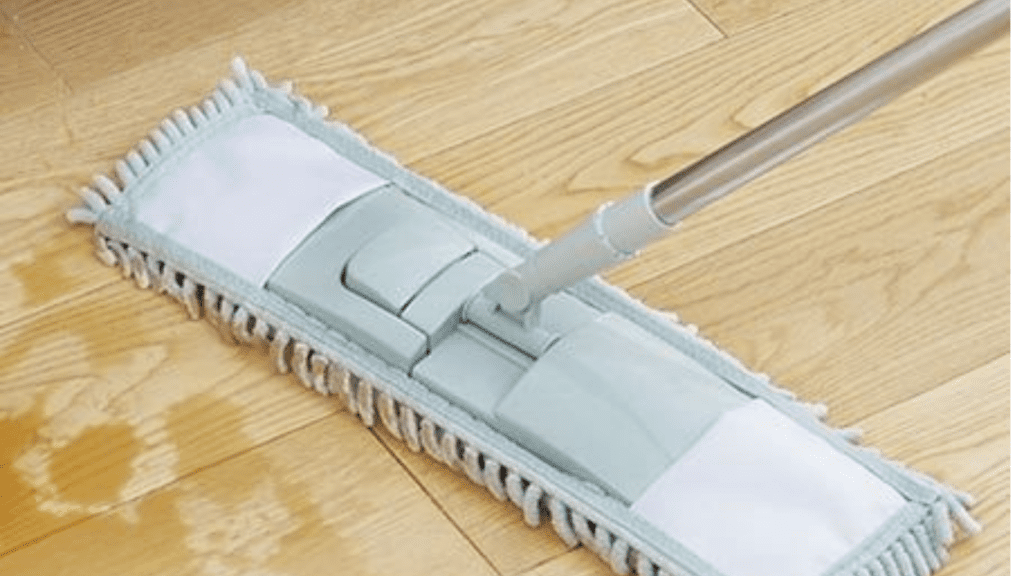
Next, inspect the floor for any sticky spots or spills that might need spot treatment before you move on to the next phase. For heavily soiled sections, apply a small amount of laminate-safe cleaner with a soft cloth and gently rub in a circular motion.
Just like when refinishing furniture, where you sand and clean to create a smooth surface, this initial prep ensures your laminate floor is free of dirt and buildup that could affect the polish. Thorough preparation not only enhances the look but also maximizes the effectiveness of the polish, leaving your floor gleaming and protected.
3. Choosing the Right Cleaning Solution
Selecting the best cleaning solution is critical for tackling how to polish very dirty laminate floors effectively. Just as you would carefully choose the right products to polish furniture at home, using the appropriate cleaner ensures your laminate floors are thoroughly cleaned without risking damage. Avoid harsh chemicals or multi-surface cleaners not designed for laminate, as they can strip the floor’s protective layer or cause warping over time.
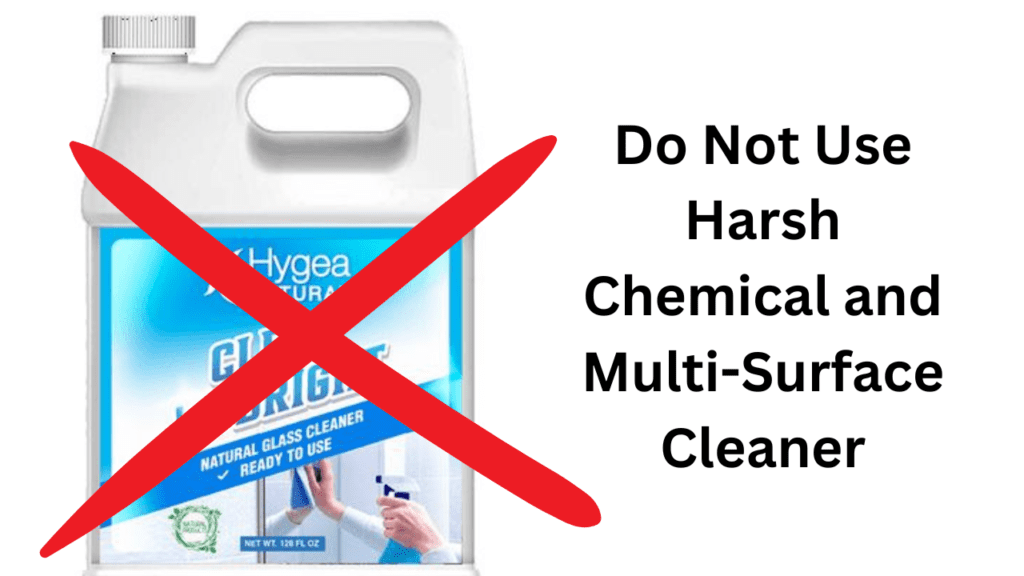
For a DIY approach, a mild solution made from water and a splash of white vinegar can be highly effective for cutting through grime without leaving a residue. If you prefer store-bought options, pick a cleaner specifically labeled for laminate to ensure it’s safe and won’t dull the finish. For areas that are heavily soiled, add a few drops of gentle dish soap to warm water to help lift stubborn dirt and stains.
Always remember to test any cleaner on a small, inconspicuous area first to make sure it doesn’t affect the color or finish. Much like when you polish furniture at home and test your polish on a hidden section to ensure compatibility, this step is essential for maintaining the integrity of your floors. With the right cleaning solution, you’ll set the stage for a successful polish that revives your laminate and enhances its shine.
4. The Gentle Clean: Microfiber Mopping
When learning how to clean very dirty laminate floors, mastering a gentle cleaning technique is essential. Microfiber mopping is an excellent method for deep cleaning without harming the laminate’s finish. Microfiber mops are highly effective because their fine fibers trap dirt and dust without scratching or damaging the surface, unlike traditional mops that can push dirt around or leave streaks.
To begin, dampen the microfiber mop with your chosen cleaning solution—whether it’s a store-bought laminate cleaner or a mild homemade mixture like diluted vinegar. Ensure the mop is only damp and not soaking wet, as excess water can seep into the seams of laminate flooring and cause warping or swelling. Glide the mop gently over the surface, working in sections and following the grain of the floor for the best results.
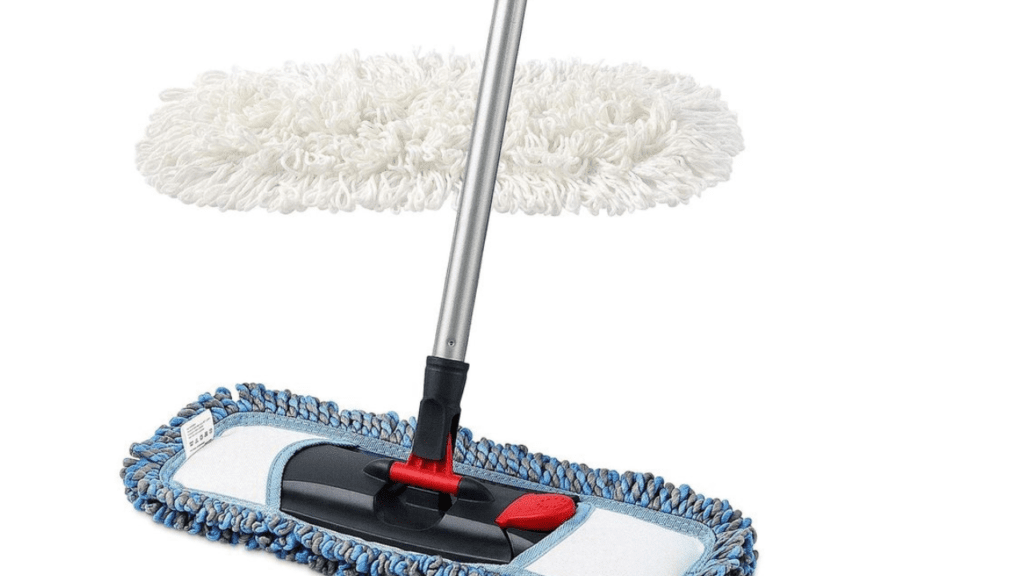
If you encounter stubborn spots, use a slightly damp microfiber cloth to target those areas with a gentle circular motion. Just like when you polish furniture at home and take care to clean in small, controlled areas to avoid streaks, maintaining a light touch during this step will preserve the quality of your laminate. Once you’ve finished mopping, dry the floor with a clean microfiber cloth or mop to prevent water spots and ensure an even shine. This gentle, thoughtful approach leaves your floors clean and ready for polishing.
5. Stubborn Stains Treatment
Addressing tough stains is a critical step when figuring out how to clean very dirty laminate floors. Stubborn spots can be tricky, but the right approach ensures they’re removed without damaging your floors. Just as you might use specialized techniques to polish furniture at home and handle deep-set blemishes, laminate flooring also requires targeted treatment to preserve its finish.
To begin, identify the specific areas where grime or stains are more pronounced. For these spots, create a gentle but effective paste using baking soda and water. This mixture acts as a natural abrasive that lifts tough stains without scratching. Apply the paste to the affected area and let it sit for a few minutes to break down the buildup. Use a non-abrasive sponge or a soft microfiber cloth to scrub in gentle, circular motions. This method loosens the stain while protecting the laminate’s surface.
For more persistent marks, especially sticky residue or scuff marks, apply a small amount of rubbing alcohol or acetone to a microfiber cloth and gently rub the spot. Just like when you polish furniture at home, make sure to use minimal pressure and test any stronger cleaning agent on an inconspicuous part of the floor to ensure it doesn’t affect the finish or color.
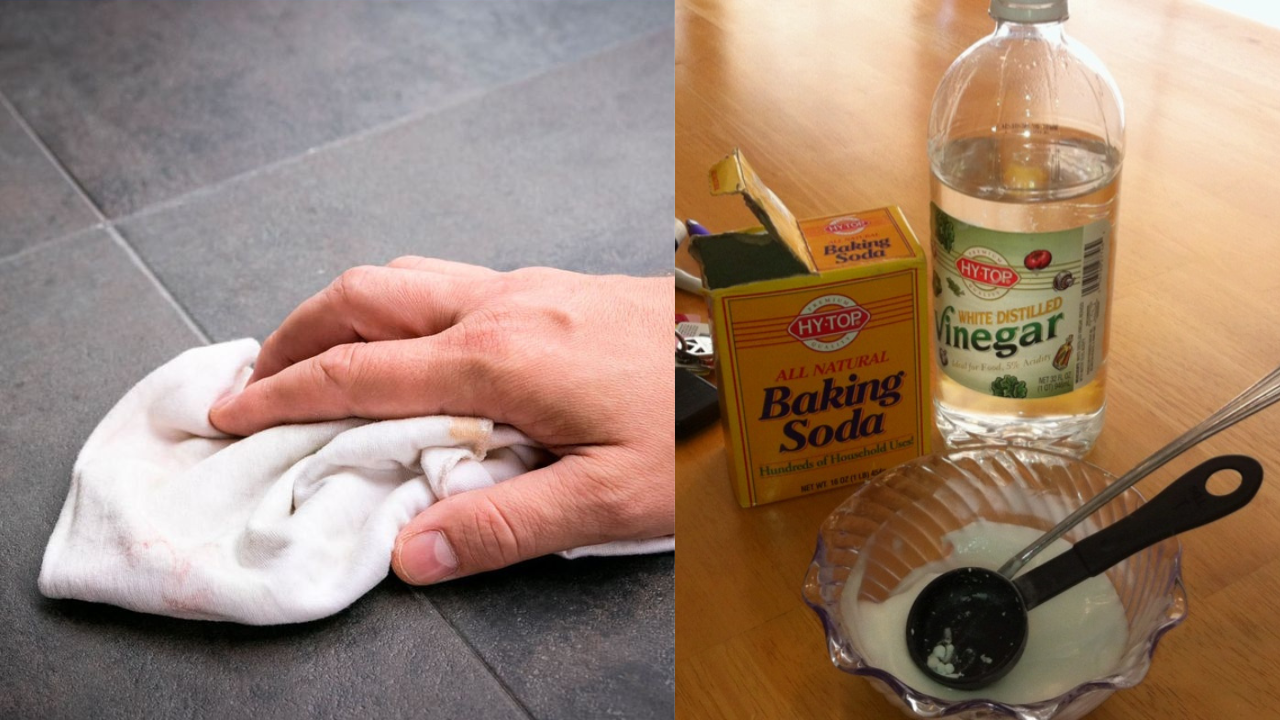
Once the stain is lifted, rinse the area with a damp cloth to remove any remaining cleaner or residue. This step prepares the laminate floor for the final cleaning and polishing stages, ensuring it’s free from deep-seated grime and ready for a renewed shine
6. Drying the Floor
Properly drying the floor is an essential step in learning how to clean very dirty laminate floors effectively. This process not only ensures a streak-free finish but also helps prevent potential water damage. Drying your laminate floors thoroughly is crucial to maintaining their integrity and appearance.
After cleaning and treating stubborn stains, use a clean, dry microfiber mop or cloth to absorb any excess moisture. Make sure to work in sections, drying each area completely before moving on to the next. This practice helps prevent water from seeping into the seams of the laminate, which can lead to warping, swelling, or even long-term damage.
For an extra touch, you can use a dry, soft towel to buff the floor lightly, adding a subtle shine while ensuring no water spots are left behind. If you’re working in a larger space, consider using a fan or opening windows to improve air circulation and speed up the drying process. Remember that laminate flooring is more sensitive to moisture than other types of flooring, so being meticulous with drying is vital.
Thorough drying not only keeps your laminate looking clean and polished but also sets the stage for applying a protective polish that brings out its best shine. This final step solidifies your efforts and ensures your floors stay beautiful and safe from moisture damage.
7. Maintaining the Shine
After deep cleaning and polishing your laminate floors, maintaining that shine is essential to keep them looking their best. Regular maintenance not only preserves the visual appeal but also protects the floor’s surface from damage and wear over time.
Preventive measures can make a significant difference in how long the shine lasts. Place mats at entrances to catch dirt, use felt pads under furniture legs to prevent scratches, and avoid wearing shoes that can scuff the floor. With these simple upkeep habits, your floors will remain polished and vibrant, reflecting the care you’ve invested in them.
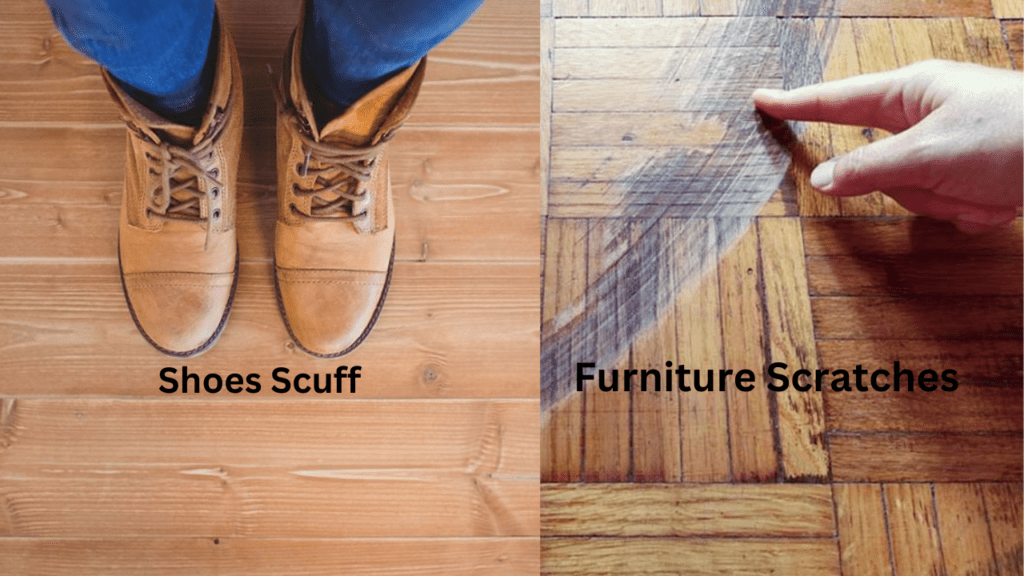
To maintain the shine, start by cleaning up spills and debris promptly to avoid staining or dulling the finish. Use a dry microfiber mop or dusting cloth daily or several times a week to remove dust and prevent buildup. For deeper periodic cleanings, opt for a laminate-specific cleaner applied with a damp microfiber mop, making sure to use minimal moisture to prevent any damage.
Applying a laminate floor polish every few months can help preserve the luster. Choose a product designed for laminate flooring and apply it in thin, even layers. Follow with gentle buffing using a dry mop or soft cloth to achieve a uniform, glossy finish. This step adds an extra layer of protection and maintains a radiant surface.
8. Tips to Prevent Future Grime
- Use Entryway Mats: Place mats at doors to trap dirt and debris.
- No-Shoes Policy: Avoid wearing shoes indoors to prevent scratches and grime.
- Regular Dusting: Sweep or dry mop frequently to keep dirt off the surface.
- Clean Spills Quickly: Wipe up spills immediately to avoid damage.
- Protective Pads: Attach felt pads to furniture legs to prevent scratches.
- Trim Pets’ Nails: Keep pet nails short to reduce scratching.
- Avoid Harsh Cleaners: Use only laminate-safe products and tools.
- Control Humidity: Maintain moderate indoor humidity to prevent warping.
- Routine Maintenance: Deep clean and polish periodically to maintain shine.
These simple habits help keep your laminate floors clean and polished, reducing the need for intensive cleaning and prolonging their beauty.
Conclusion
Learning how to clean very dirty laminate floors and how to polish concrete floors doesn’t have to be complicated. By following these easy steps, you can keep your floors looking as good as new while avoiding costly damages. Say goodbye to dirt, dullness, and scratches, and hello to refreshed, polished surfaces!

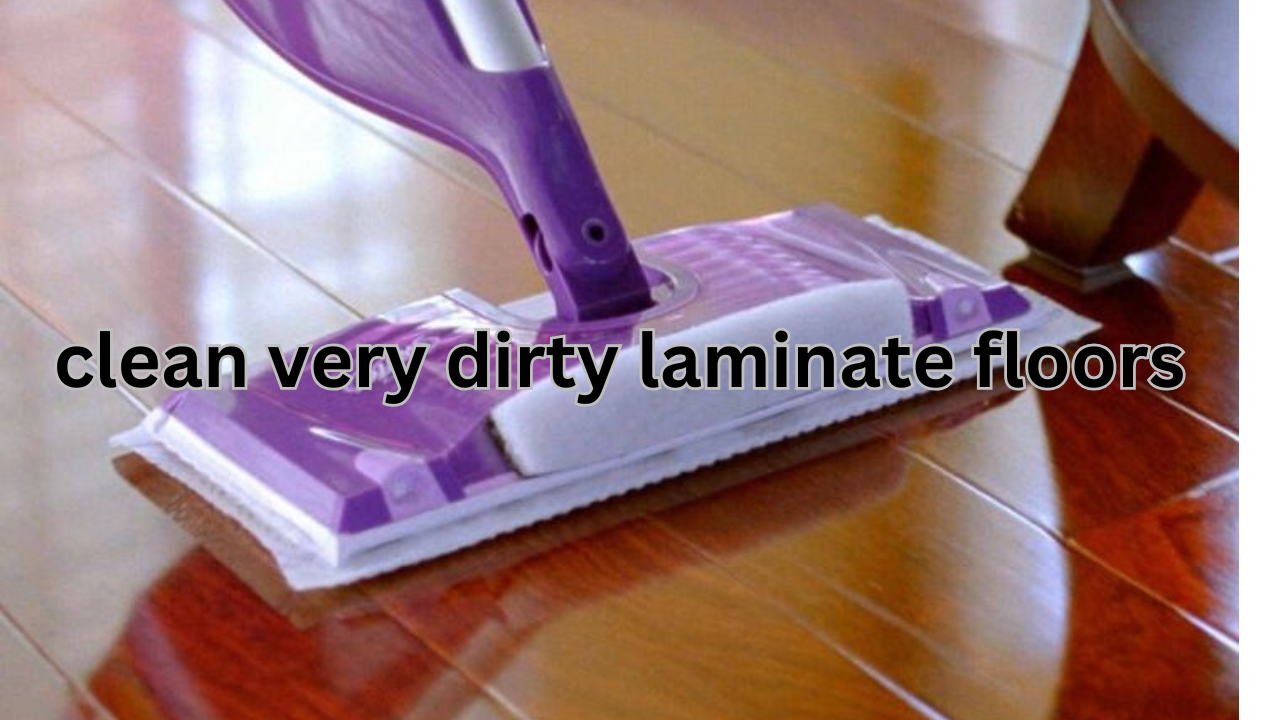

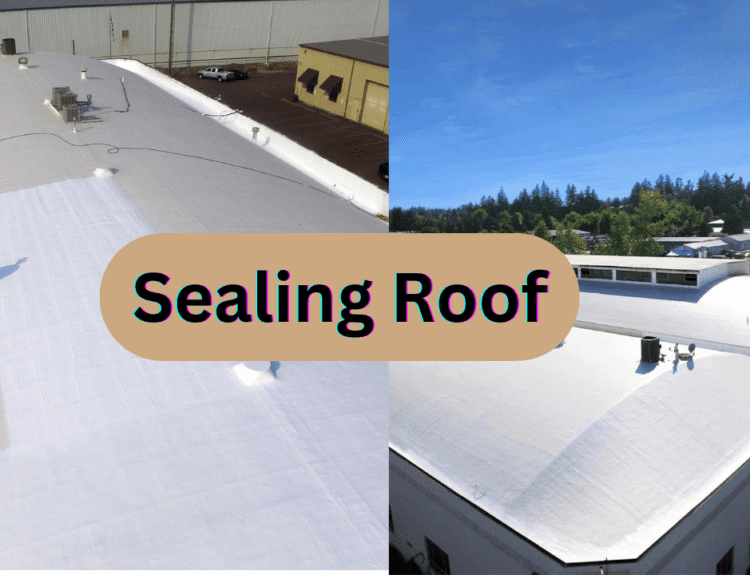

[…] in rooms like basements, bathrooms, or kitchens, can cause condensation on wood furniture, floors, or walls, which encourages mold […]